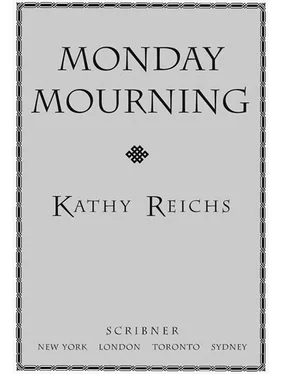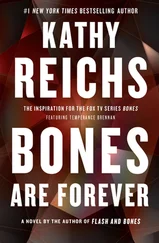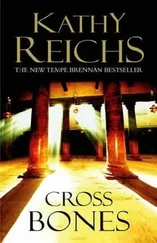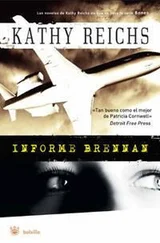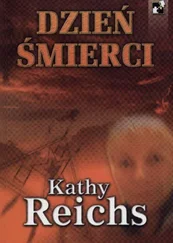Curious, the plucky plombier pried, then peered, then plunged underground. When his flashlight beamed up a half-buried long bone, the man surfaced, notified the owner, and the two set off for the local stacks. A copy of L’Anatomie pour les Artistes confirmed that the booty in their sack was a human femur.
The pair called the police. The police processed the basement, recovered a bottle, a coin, and two dozen additional bones, and sent the remains to the morgue. The coroner notified the Laboratoire de Sciences Judiciairies et de Médecine Légale. The pathologist took one look and torpedoed my day in the sun.
Sorting and analysis occupied me for several hours. In the end, three individuals lay on my table: a young adult aged eighteen to twenty-four, a middle-aged adult, and an older adult with advanced arthritis. The youngest of the three had sharp instrument trauma on the head, jaw, sacrum, femur, and tibia.
I called the detectives. They informed me that the bottle was new but the coin was old, dating to the late nineteenth century. They could not confirm the coin’s association with the skeleton. I told them to return to the basement. I needed more bones.
A week passed.
Bad news. The detectives reported that no cemetery had ever occupied land under or in the vicinity of the pizza parlor building. Worse news. The detectives reported possible mob links for an occupant of the property some forty years earlier.
Again, I repeated my request for reprocessing, and offered to accompany a team back into the basement. Again, a week passed. Two.
Why the reluctance to return to that cellar?
When confronted, the boys had a one-word reply.
Rats!
Compromise. Establish that the deaths had taken place within the last half century, and we’d dig the whole cellar, rodents be damned.
My analysis now focused on the question of time since death. Every bone and bone fragment was dry and devoid of odor or flesh. Only one technique held promise.
After I explained the use of artificial or “bomb” Carbon 14 in determining postmortem interval with modern organic materials, the Bureau du Coroner authorized payment for testing. I cut and sent samples from two individuals to Beta Analytic Inc., a radiocarbon dating lab in Miami, Florida. A week later we had our answer.
Though the results were complicated, one thing was clear. The pizza parlor victims had died prior to 1955.
No curtain call with Rattus rattus. Cue the archaeologists.
Though the dossier is closed, I still ponder those bones. I am touched by the thought of the dead lying in anonymous cellar graves while the living transact business one floor up.
Pepsi, please, and a pepperoni and cheese to go.
What would they think?
About the Author
Kathy Reichs is forensic anthropologist for the Office of the Chief Medical Examiner, State of North Carolina, and for the Laboratoire de Sciences Judiciaires et de Médecine Légale for the province of Quebec. She is one of only sixty forensic anthropologists certified by the American Board of Forensic Anthropology and has served on the Executive Committee of the Board of Directors of the American Academy of Forensic Sciences. A professor of anthropology at the University of North Carolina at Charlotte, Dr. Reichs is a native of Chicago, where she received her PhD at Northwestern. She now divides her time between Charlotte and Montreal and is a frequent expert witness at criminal trials. Her first novel, Déjà Dead, brought Dr. Reichs fame when it became a New York Times bestseller and won the 1997 Ellis Award for Best First Novel. Death du Jour, Deadly Décisions, Fatal Voyage, Grave Secrets, and Bare Bones also became international and New York Times bestsellers. Monday Mourning is her seventh novel featuring Temperance Brennan.
Contents
Acknowledgments
1
2
3
4
5
6
7
8
9
10
11
12
13
14
15
16
17
18
19
20
21
22
23
24
25
26
27
28
29
30
31
32
33
34
35
36
37
38
39
40
From the Forensic Files of Dr. Kathy Reichs
About the Author
